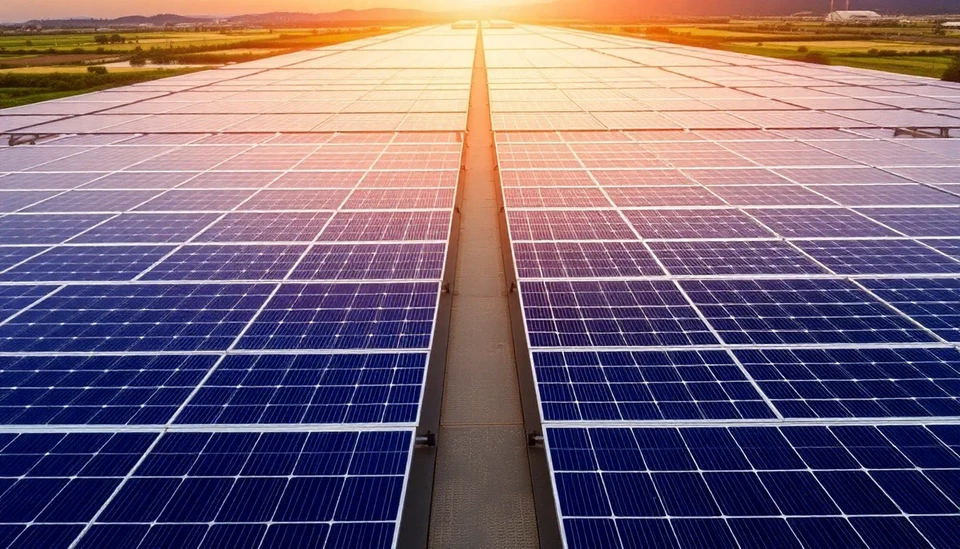
In a significant move aimed at bolstering its solar manufacturing capabilities, the Indian government is contemplating a massive $1 billion subsidy plan. This initiative is part of India's broader strategy to enhance its renewable energy sector and reduce dependence on imported components used in solar panel production.
The proposed subsidy plan is expected to provide financial support to domestic manufacturers, incentivizing them to ramp up production of solar cells and modules. India currently imports a substantial portion of its solar equipment, primarily from nations like China. By investing in local manufacturing, the Indian administration hopes to create a more self-reliant and resilient supply chain.
As part of this initiative, the government is evaluating various financial models to effectively distribute the subsidies across different segments of the solar manufacturing process. This includes not only the production of solar panels but also the creation of raw materials essential for their assembly. The comprehensive approach aims to establish a long-lasting ecosystem for solar technology in India.
Experts suggest that this injection of funds could potentially elevate India's position in the global solar market. The commitment to developing local manufacturing capacities aligns with India’s ambitious target of achieving 500 GW of renewable energy capacity by 2030, a goal that demonstrates the nation's dedication to combating climate change and transitioning towards sustainable energy solutions.
Moreover, the timing of this subsidy plan comes amidst increasing pressure on India to enhance its domestic manufacturing in light of global supply chain disruptions attributed to recent geopolitical tensions. By reducing its reliance on imports, India aims not only to secure its energy future but also to generate employment opportunities in the green technology sector.
The proposed subsidy is still under deliberation, with government officials working to finalize the specifics of the plan. The expectation is that a formal announcement will be made in the coming months, which will outline how the funding will be allocated and the criteria for manufacturers to qualify for support.
Industry stakeholders have expressed optimism regarding the potential impact of this subsidy on the solar manufacturing landscape in India. With increased investment and government backing, manufacturers would likely be encouraged to innovate and expand their production capacities, leading to more competitive pricing and enhanced technology.
In conclusion, should the $1 billion subsidy plan come to fruition, it could serve as a pivotal moment for India's solar energy ambitions. By fostering a robust domestic manufacturing environment, India could not only meet its renewable energy targets but also position itself as a significant player in the global solar market.
As the world shifts towards sustainable energy, the developments in India’s solar manufacturing capabilities will be closely watched, reflecting the nation’s commitment to a greener future.
#SolarManufacturing #India #RenewableEnergy #Sustainability #GreenTech
Author: John Harris

